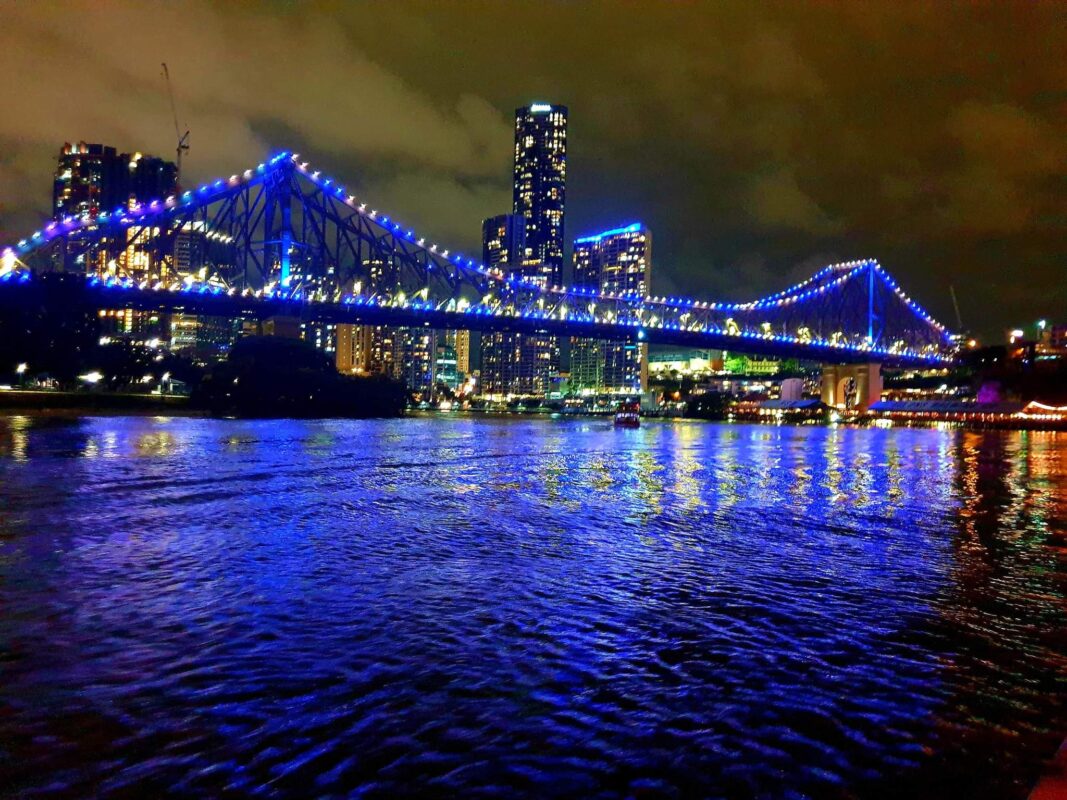By the time the Brisbane 2032 Olympic flame is ignited, Brisbane city will be home to 530,000 more people and a sizable millennial population, many of whom will live in the city’s edge suburbs with improved lifestyles.
New stadiums, improved roads, public transportation systems, and significant infrastructure investment should all result in an improvement in quality of life.
Brisbane 2032
By 2031, Brisbane will have slightly over a million employees, and a growth of roughly 14%. More jobs will occur in the real estate, mining, and digital communication industries, and 10% of employees will be able to work from home.
The neighbourhoods in the surrounding suburbs of Olympic venues, including Woolloongabba, Albion, Annerley, Coorparoo, and Hamilton, will develop into lifestyle hubs full of outdoor dining options, parks, and open spaces, as well as temporary entertainment venues, co-working spaces, and high-end apartments.
Thanks to the Cross River Rail, the Metro, and several new green bridges and cycle routes, getting around the city will be much easier before Brisbane 2032 Olympics begins.
Riverside suburbs like Kangaroo Point and West End will have access to new and upgraded amenities. Victoria Park, New Farm Park, and South Bank will become “destination parkscapes.”
Greater Brisbane’s population is expected to grow by 1.9% each year for the next decade, however some districts will experience faster population growth than others as new infrastructure and amenities are built.
The population of the city is also likely to be getting younger, or at least not ageing as quickly, as more people in the 25 to 34 age group decide to live in the area or relocate there in the run-up to the Olympic Games.
Pre-Covid predictions indicated that the Woolloongabba area may experience one of the biggest increases in the Generation Z and younger Millennial age groups, with an estimated 3% increase in the population of 25 to 34-year-olds.
Once the proposed Olympic Village is repurposed, Hamilton, in Brisbane’s inner north, is also expected to see sizable long-term population growth and potentially an increased diversity of residents.
It is also predicted by Urbis that the greatest employment opportunities will be in real estate and mining, with both industries are expected to increase by more than 30%, while creative and digital communication-based industries are expected to rise by approximately 25% over the next decade.
Environmental management services, clean and renewable energy, water and waste management, and green professional services will all be key industries for future employment opportunities.
With the emergence of agile working, workforce patterns will also change as some employees will be able to mix working from the office with working from home or co-working spaces, boosting activity in suburban neighbourhoods and property values in some suburbs.
In conclusion, what will Brisbane’s life be like in 2032? – Better connected, better & new infrastructure, a greener environment and a population running towards 3.1 million. This could be what to expect of Brisbane in 2032.
